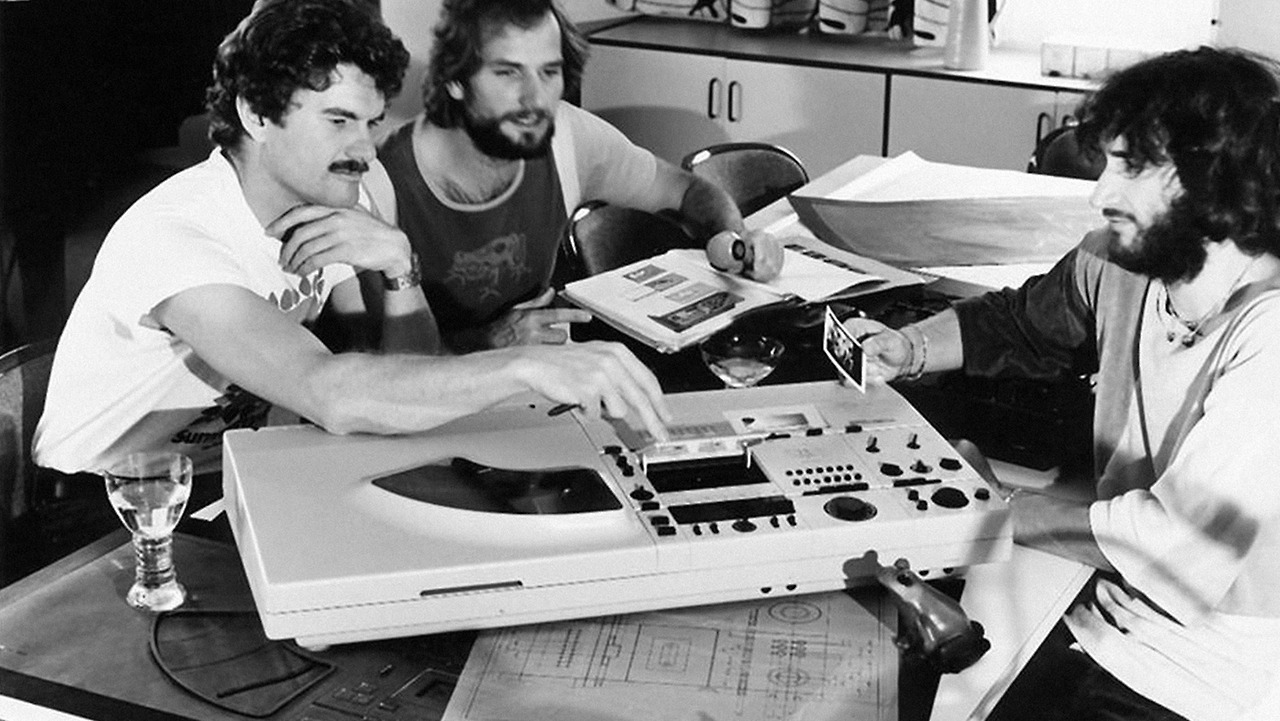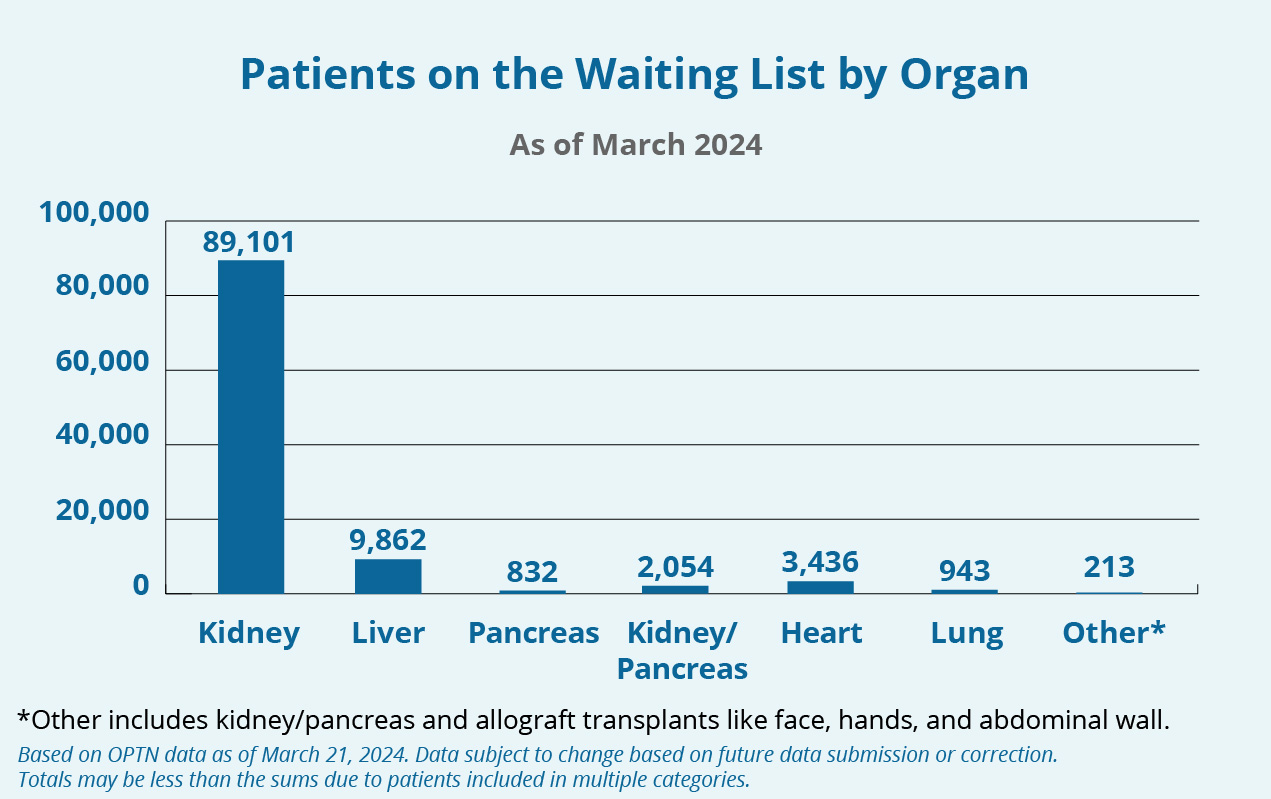Imagine living with a disease that not only ruins
your heart, kidneys, and eyesight, but also makes you 2 to 3 times more likely to have depression. This is the reality for over 537 million people
living with diabetes worldwide. Despite its heavy impact on nearly
every part of health, diabetes remains a silent epidemic - one that we
seldom discuss.
Today I'll share a story of how Clivi Health, a Mexican healthtech company, is healing thousands across the country, sometimes in the regions that healthcare hardly can reach.
This year, Clivi, that was launched in late 2021, is set to become the #1 obesity and diabetes treatment clinic in Mexico in terms of annual recurring revenue (ARR) and active users.
1. What's the danger with diabetes?
To fully see its impact, let's take a little recap into the biology of diabetes.
Diabetes (also called diabetes mellitus) is a chronic disease characterized by elevated
levels of blood glucose (hyperglycemia) due to the body’s inability to
produce enough insulin, a hormone produced by the pancreas, or to
effectively use the insulin it produces. Insulin is crucial for
regulating blood sugar levels by facilitating the uptake of glucose into
cells for energy production. There are two primary types of diabetes:
Type 1 and Type 2.
Type 1 diabetes
Type 1 diabetes is an
autoimmune disorder where the body’s immune system mistakenly attacks
and destroys the insulin-producing beta cells in the pancreas. This
results in little to no insulin production, requiring individuals to
rely on insulin injections or pumps for survival. Type 1 diabetes
typically develops in childhood or adolescence but can occur at any age.
Type 2 diabetes
Type
2 diabetes, the more common form, usually develops in adulthood and is
primarily influenced by lifestyle factors such as diet, physical
activity, and obesity. In Type 2 diabetes, the body becomes resistant to
insulin or the pancreas fails to produce sufficient insulin. Initially,
the pancreas compensates by producing more insulin, but over time, it
cannot keep up, leading to elevated blood glucose levels.

How diabetes grows and progresses
Diabetes progresses through several stages:
Insulin resistance (Type 2): in the early
stages, cells in the body become resistant to insulin's effects, causing
the pancreas to produce more insulin to maintain normal blood glucose
levels.
Prediabetes: As insulin resistance worsens,
blood glucose levels rise above normal but not high enough to be
classified as diabetes. This stage is called prediabetes, indicating a
high risk of developing Type 2 diabetes.
Onset of diabetes: When the pancreas can no
longer produce enough insulin to overcome insulin resistance or when
autoimmune destruction significantly reduces insulin production, blood
glucose levels rise to diabetic levels.
Chronic hyperglycemia: Persistent high blood
sugar levels damage blood vessels, nerves, and organs over time, leading
to the severe complications associated with diabetes.
Impact on health
The sustained hyperglycemia in diabetes leads to complications that affect multiple organs:
Cardiovascular system: High blood glucose levels
cause damage to blood vessels, increasing the risk of cardiovascular
diseases such as heart attacks, strokes, and peripheral artery disease.
Diabetics are 2-4 times more likely to develop heart disease than
non-diabetics.
Nervous system: Diabetic neuropathy is a common
complication where high blood sugar damages nerves, leading to pain,
numbness, and weakness, particularly in the extremities. This can result
in severe outcomes like foot ulcers and amputations.
Kidney: Diabetes is a leading cause of chronic
kidney disease (CKD) and end-stage renal disease (ESRD). High glucose
levels damage the kidney’s filtering units, leading to protein leakage
and progressive kidney failure.
Eyes: Diabetic retinopathy occurs when high
blood sugar damages the blood vessels in the retina, leading to vision
impairment and blindness. Diabetes also increases the risk of other eye
conditions like cataracts and glaucoma.
Mental Health: The burden of managing a chronic
condition, along with the physical effects of diabetes, can lead to
mental health issues such as depression or anxiety.
2. Global scale
The number of adults with diabetes rose from 108 million in 1980 to 537 million in 2021. This number is projected to rise significantly, reaching 643 million by 2030 and 783 million by 2045.
Alarmingly, almost 50% of people are unaware they have the disease, hence early screening is crucial. The majority of diabetes cases (over 90%) are type 2, which is often associated with lifestyle factors and is more prevalent in low- and middle-income countries where healthcare resources can be limited. This demographic accounts for more than 3/4 of global diabetes cases. Quite a highlight on significant disparities in healthcare access!
Diabetes also raises an economic burden, with global expenditure related to diabetes estimated at $966 billion in 2021— a 316% increase over the past 15 years. Diabetes is a major cause of blindness, kidney failure, heart attacks, stroke and lower limb amputation. In 2021 alone, diabetes was responsible for 6.7 million deaths, equating to 1 death every 5 seconds.
Some facts on diabetes have shocked me:
- Approximately 1/3 of adults with diabetes have some form of kidney
disease. And about 30% of people worldwide with End-Stage Renal Disease
(ESRD), which means a permanent kidney failure that requires a regular
course of dialysis or a kidney transplant, have diabetes. The cost of dialysis in the US is nearly 1% of the entire federal budget. In 2023, Medicare allocated about $130 billion for dialysis and care for ESRD. NASA's budget, in comparison, was ~$25.4 billion.
- One of Mexican states, Chiapas, particularly its small town called
San Cristóbal, has the highest consumption of Coca Cola in the world. In San Cristóbal, people drink 2,2 liters of Coca Cola per day.
It's partially related to accessibility of the sugary drink, as water
is more expensive and in shorter supply for locals. The same tendency
persists across Mexico.
3. Diabetes market
As we can see, diabetes is a mulitfacet condition. While insulin has revolutionized treatment years ago, the diabetes market now spans across health niches like podiatry or ophthalmology as well.
However, the starting point for any patient is treating life threatening conditions and achieving a balanced lifestyle with the disease. That's where diabetes management companies come in.
The biggest player by far is
Livongo, now part of Teladoc Health. Livongo was founded in 2014 and has achieved $310M in revenue in 2020 with the market capitalization of $14.19B. The company provides management of chronic conditions, primarily focusing on diabetes. Livongo uses data science, glucose monitoring devices and digital health tools to offer
personalized coaching and real-time analytics to its users.
Among other leaders in that space:
• Lark (USA);
• Glooko (USA);
• Oviva (Switzerland);
• Wellthy (USA);
• Diabeloop (France).
In high developed countries, diabetes is a generally manageable disease. In Latin America, the core issue is still rooted in underdiagnosed cases.
“In Mexico, there is an average of one endocrinologist per almost 10,000
patients,” Clivi founder and CEO Ricardo Moguel
told TechCrunch. “You
might see a doctor every three months, but for chronic conditions,
patients need to be making decisions every day.” People living with diabetes in Latin America often begin treating their
disease late, which can lower their life expectancy by 10 years.”
4. Clivi: the beginnings
The incidence of diabetes in Mexico has inreased from 9.2% to
10.2% in the last decade, with over 12.4 million people having the disease.
For
Ricardo Moguel and his co-founders,
Bruno Garza and
Kyle Jernigan it was obvious the market and the impact a digital product would have are enormous.
Previousy, Ricardo led Doctoralia, the most popular marketplace for scheduling medical consultations, as its CEO in Latin America and has seen the opportunity to change the status quo in the growing diabetes sector. The founders and founding team members have been friends and colleagues for a long time, so while forming the team Ricardo only had to picked a phone and invite a few remarkable leaders to join.
On the founding and executive team:
-
Bernardo Díaz, Chief Medical Officer, an experienced doctor and scientist in endocrinology;
among many others.
5. Clivi's product

Clivi has rapidly grown to become the 2nd largest private diabetes clinic in Mexico.
The clinic is customer-centric, with all its communications happening via WhatsApp, the main communication channel in the country. Clivi's core offering:
- virtual care with numerous specialists (such as endocrinologists, dieticians),
- 24/7 ongoing support with health monitoring,
- glucose monitor tracking,
- personalized medications.
Such a multidisciplinary approach is unique in the country, as before Clivi people could get wide access to diabetes care only in big cities. Moreover, Clivi's technology allows doctors to efficiently manage over 300 patients each, and the team is aiming to increase capacity.
6. Clivi in numbers
I find Clivi's growth more than fascinating. In less than 3 years, the healthtech has become a leader in the diabetes market across Mexico and started to expand into new verticals. To prove the point, a few recent numbers:
-
A1C reduction: Clivi has achieved an average A1C reduction of 2.4% within the first year of treatment, a significant improvement not seen elsewhere across Latin America;
-
What is A1C? A1C, or hemoglobin A1C, is a blood test that measures the average level of blood sugar (glucose) over the past 2-3 months. It's a crucial indicator of long-term glucose control for people with diabetes. The goal for most adults with diabetes is an A1C that is less than 7%.
If your A1C level is between 5.7 and less than 6.5%, your levels have
been in the prediabetes range. If you have an A1C level of 6.5% or
higher, your levels were in the diabetes range.
-
Rapid A1C improvments: 94% of Clivi's patients have reached an A1C level of 7% within the first 6 months of treatment.
-
Weight loss: 74% of Clivi's patients with diabetes have significantly lost weight.
-
Cost reduction: With Clivi, patients save over $MX 27,000 (~$US 1,600) a year on diabetes management.
-
AI support: 70% of patients' questions are answered using AI, with oversight from doctors to guarantee accuracy.
-
Outstanding retention: 72% of patients stick to their treatment plans, surpassing the industry benchmark of 60%.
As Clivi is moving to become an absolute leader in Mexico, new ambitions of the team lie in GLP-1 treatment. Instead of solely selling the drugs, Clivi combines GLP with a systematic program so that patients don't experience side effects and keep new weight stable. In this pursuit, Clivi has already hit $1M in ARR within a few months - be sure to hear news soon.
]]>






























































































